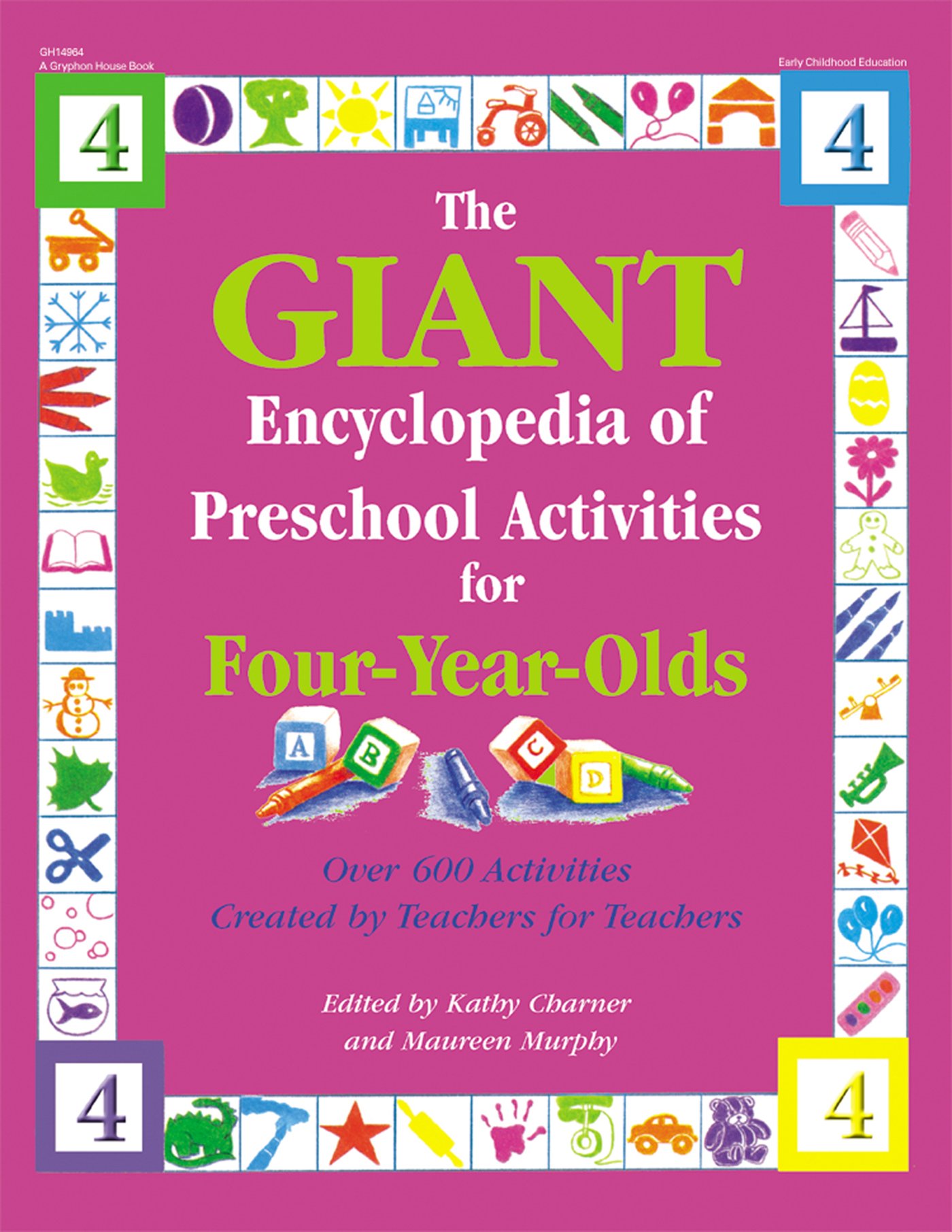Materials
Posters, pictures, or plastic replicas of real bugs
Artist clay (the type that air dries) or Sculpey clay (can be baked in a regular oven)Stick-on wiggly eyes
Chenille stems
Various craft items, such as beads and small buttons
Glue
Instructions
1. This is a good activity to do when the children are learning about bugs.
2. Show the children posters, pictures, or plastic replicas of real bugs (such as beetles, grasshoppers, flies, ladybugs, caterpillars, and millipedes).
3. Have a discussion about the bugs.
4. Encourage the children to examine the bugs closely and notice the construction of each body type. Ask questions such as, "How many legs does this bug have?" and "Does this bug have wings?" Encourage the children to touch the replica bugs and play with them.
5. Give each child a medium-size ball of clay to create a bug.
6. Encourage the children to add wiggly eyes, chenille stems (for antennae), and other craft items to create their bugs. Encourage them to use their imagination! If they have questions about a bug, such as how many legs it has, remind them to think about the bugs they handled. Or, they can look at the bugs again.
7. Allow the clay to air dry for a few days until it is completely hard. (If you use Sculpey clay, bake according to the directions.)More to doArt: Draw or paint bugs. Make bug collages. Create bugs out of everything you can find!Math: When talking about the body type of each bug, make a graph with "Bug Bodies" as the heading. Divide the chart into four columns: "How many eyes?" "How many legs?" "How many wings?" and "Does it fly?" Make five or six rows. Ask the children to name some bugs and help them print the name of one bug at the beginning of each row. Fill in the rows as needed for each bug.Music and Movement: March to music like bugs. Slither, hop, crawl, and fly! Sing "The Ants Went Marching" and march around the room together.
